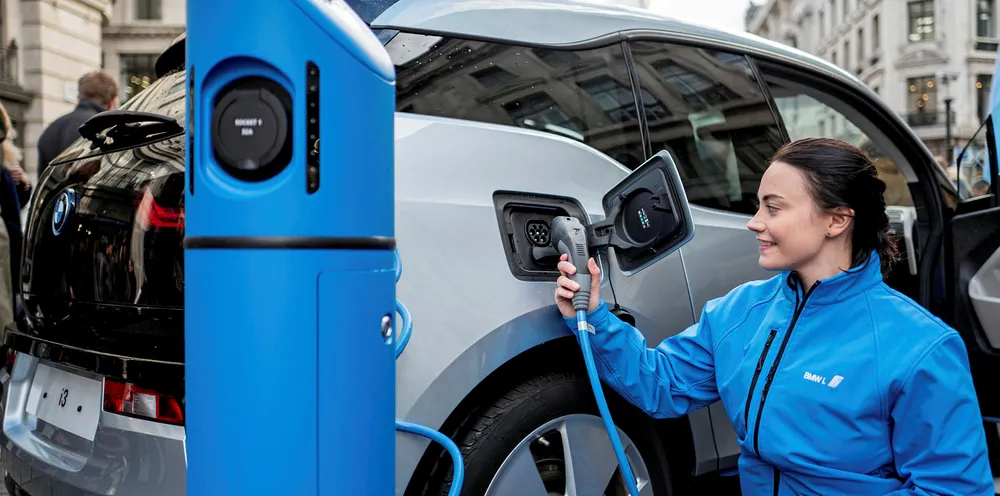Renewables-powered sector coupling 'could slash emissions by 60% by 2050'
The electrification of transport, heating and industrial processes must be powered by wind, solar and green hydrogen, says BloombergNEF report

The electrification of transport, heating and industrial processes must be powered by wind, solar and green hydrogen, says BloombergNEF report
